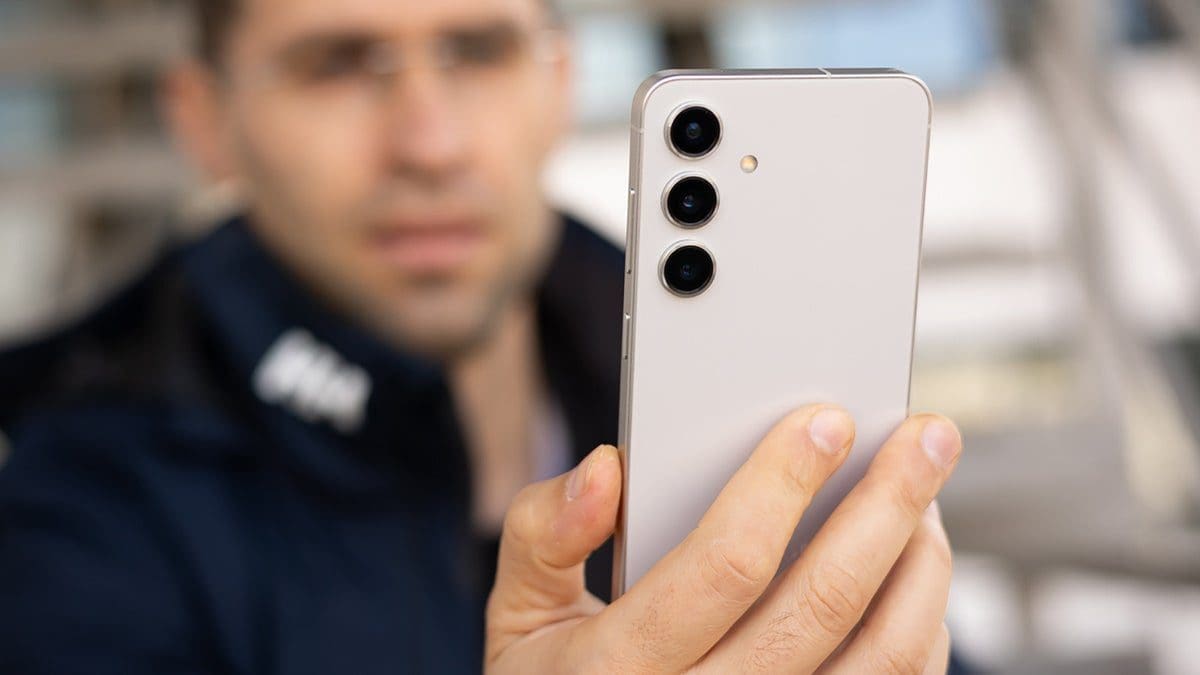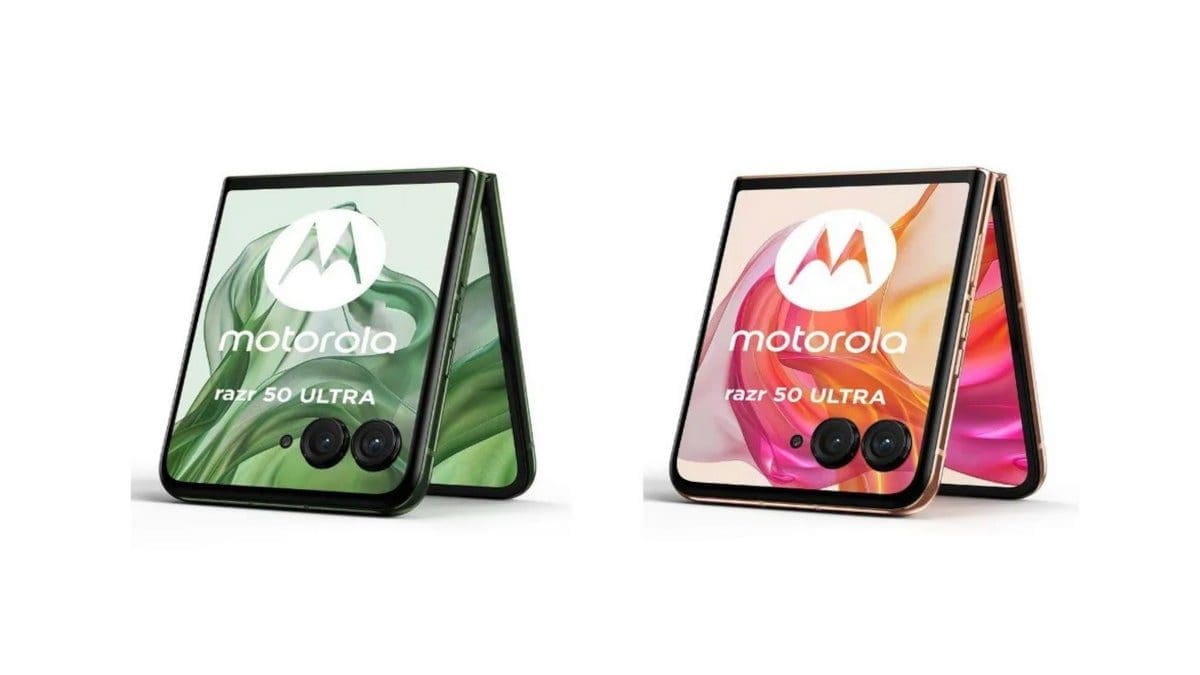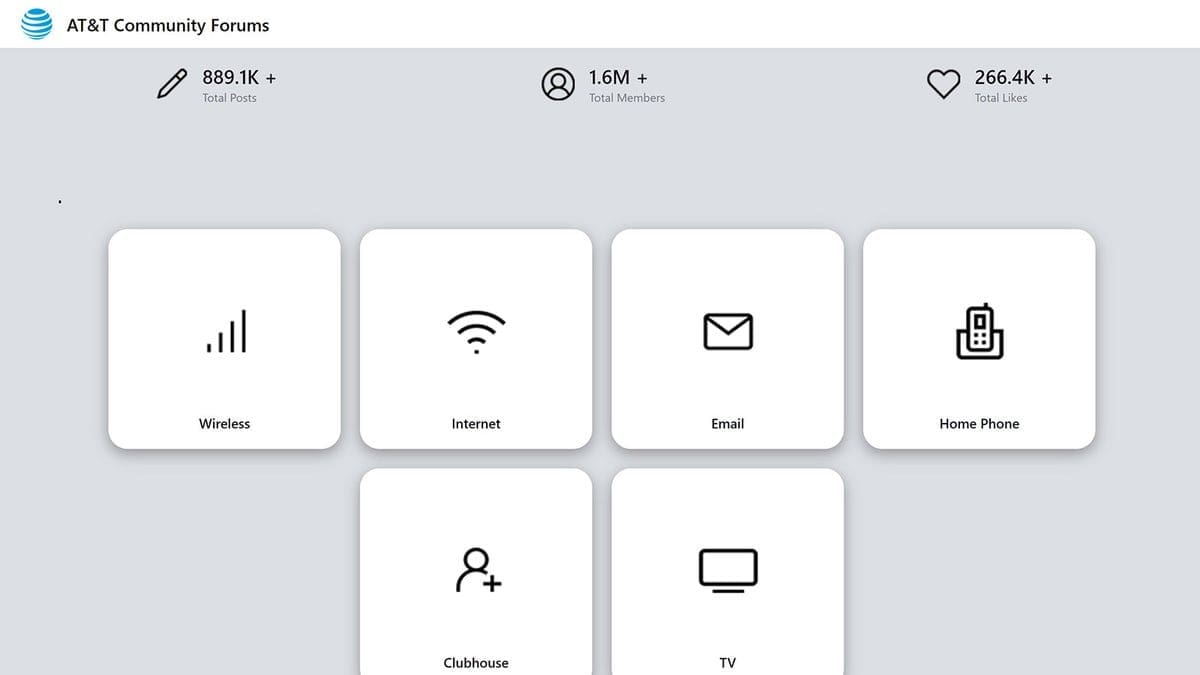We’re living in an incredible era where our electronic devices can do so much for us. From communication to navigation, learning, and entertainment, our gadgets have become indispensable. However, there’s one area that hasn’t seen much progress in the past 50 years: batteries. That’s why we’re excited to discuss the latest technology that’s revolutionizing lithium-ion batteries: lithium-silicon batteries.
So, what exactly is a battery? In simple terms, it’s a device that stores and provides electricity through electrochemical reactions. A battery consists of three main components:
– Anode: The electrode where oxidation occurs during discharge.
– Cathode: The electrode where reduction takes place during discharge.
– Electrolyte: A substance that allows ions to move between the anode and cathode, facilitating the flow of electric current.
Now let’s talk about lithium-ion batteries. Research on these batteries began in the 1960s and became commercially viable in the 1990s thanks to NASA and Sony’s developments. These batteries use lithium as a primary chemical element in their cathodes. But what about silicon?
Lithium-silicon batteries take advantage of a small but impactful change to the anode, resulting in a significant capacity improvement. While graphite has an upper capacity limit of 372 mAh/g, pure crystalline silicon has a theoretical capacity of 3600 mAh/g—roughly ten times that of graphite! However, pure silicon crystals have a major drawback: they change volume by as much as 300% when charged and discharged.
To address this issue while still reaping the benefits of silicon, scientists have developed composite silicon-carbon materials for lithium-silicon batteries. These materials use silicon nanoparticles to increase the capacity of graphene anodes. Currently, commercial silicon-carbon batteries have a capacity of around 550 mAh/g and are already being used by Tesla and Honor in their products.
What’s next for lithium-silicon batteries? While they offer a modest 20% increase in capacity at their current state, advancements in this technology could potentially increase this number tenfold. This means we might see smartphones with 10,000mAh capacities sooner than we think!
So, while solid-state batteries are making headlines with promises of increased capacity and fast charging speeds, don’t underestimate the potential of lithium-silicon batteries. Their materials and processes aren’t radically different from conventional lithium-ion batteries, making them scalable and commercially viable for future applications.
Stay tuned for more updates on how smartphone manufacturers are adopting this exciting technology!










